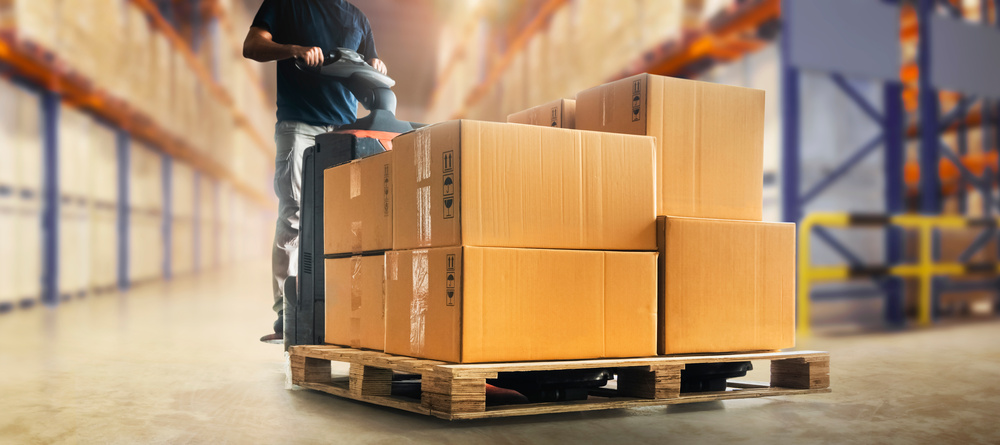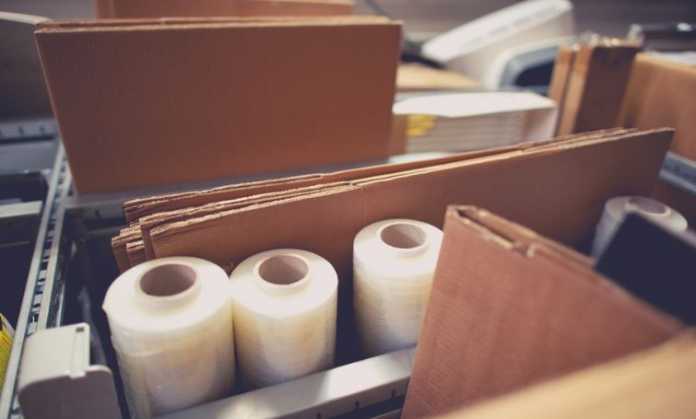Packaging materials for product transportation plays a considerable role in protecting the goods against external factors. They ensure your products get to their final destination without damage. However, it’s critical to determine the perfect packaging solution to benefit from its maximum protection for your goods, and Melbourne packaging wholesalers can provide a variety of options to suit any business need.
You have several factors to consider when selecting the best packaging solution. For instance, you have to factor in the amount you can pay for the packages, transportation mode, and size of the products, among other things. Luckily, regardless of your budget and what you’re transporting, many inexpensive and efficient packaging materials are within your reach. All you need is to consider the following to choose one that fits your needs:
- Budget
While it might not be the most crucial factor when selecting packaging material, it’s always right to determine the amount you want to invest in the packaging solution. This will help you choose the best material to align with your budget.
For example, you might be willing to use glass or natural fiber as your packaging solution but lack enough money to invest in such materials. In such cases, settling for another pocket-friendly packaging, such as FIBC bags, is advisable to avoid increasing consumer prices unnecessarily.
Fortunately, there are several affordable packaging solutions on the market. For instance, cardboard is cheap and offers unbeatable protection for most goods. They can also be designed in multiple ways to develop unique packages.
In addition, plastic is a pocket-friendly packaging solution, even if it’s not the most sustainable material. However, it’s recyclable, so it’s up to the consumer how they’ll use the packaging for eco-friendly purposes. Choosing such material for your product transportation can be a better way to lure more customers, especially with most people looking forward to reducing their carbon footprint without going beyond your means.
With that in mind, it’s essential to work within your budget and go with cheap packaging materials that can offer more when it comes to environmental conservation, among other things. Nevertheless, if your budget allows you, you can invest in expensive and fancy packaging materials to make your products stand out.
- Durability And Quality
You wouldn’t want to invest in packaging material that might not last for a day or two. It’s necessary to settle for packaging materials that can withstand roughness due to transportation and shipping. Your choice must also depend on the transported goods, their handlers, and the transportation mode. It’s therefore advisable to get a sample of your preferred material so you can test it for its durability. While determining the quality and durability of a particular packaging material can be time-consuming, it’s worth all the effort because investing in low-quality material that can be damaged easily can result in more costs.
- Mode Of Transportation
Another vital factor to consider when choosing packaging material for product transportation is the transportation mode. How are you transporting your merchandise? Is it by road, sea, or air? Every transportation mode has its downside. For example, goods transported by air are prone to turbulence or weather changes, while sea transportation is mainly affected by changes in temperature and wetness. On the other hand, goods shipped via road are more likely to be damaged depending on road roughness.
That said, it’s essential to settle for a packaging solution that can protect your goods depending on the mode of transportation. As a rule of thumb, go for waterproof material that can offer cushioning. Such materials ensure that the goods arrive at their destination safely, free from dampness and breakage.

- Product Size
Selecting large boxes to transport small items might not be a good idea. Besides paying more for the boxes, you’ll need to pay an additional fee for cushioning material to fill the remaining space. Leaving the extra space in the boxes unattended will create an accessible area for product movement during shipping, resulting in breakage or spillage.
Meanwhile, it won’t be ideal to have small boxes for larger items. With this, your goods will be exposed to weather changes like sun and rain, which can result in damage.
- Security
Security is among the critical factors to consider when choosing packaging materials. During transportation, anything can happen, including intentional interference with the integrity of the goods. Likewise, due to their transparency, some packaging materials can attract burglars’ attention. To avoid such incidents, invest in packaging materials that can offer protection for your valuables. For instance, you can use container seals, water-activated tapes, shrink wrap, and opaque materials for maximum security.
- Availability
If you’re shipping goods regularly, you’ll require packaging materials from time to time. Thus, you’ll need to select widely available packaging material. You don’t want to run out of packaging only to discover that they aren’t available on the market. It’s therefore advisable to work with one reliable supplier to ensure you get the packaging material whenever needed to avoid shipping delays.
- Nature Of The Products
The nature of the products, such as the weight, size, and shape of your goods, determines the kind of packaging you need. For example, if you’re transporting fragile goods, the packaging material of your choice should offer maximum protection to avoid breakage. Moreover, the shape of your goods should align with the packaging to avoid leaving too much extra space.
- Eco-Friendly
Your packaging material should be eco-friendly. It should also adhere to the state’s law regarding packaging material. It’s important to note that everyone is responsible for caring for our environment and the planet we inhabit. This includes using recyclable packaging materials that can be used more than once. Additionally, most people look forward to leaving a positive mark on the environment, so they’re more likely to purchase goods packed in environmentally friendly packages.
Conclusion
Selecting packaging material for transporting goods might not be as tricky as you might think. With the above considerations, you can have an easy selection process that will guarantee you the best packaging solution for your product transportation. Remember, working with a single supplier can reduce your chances of running out of packaging materials when you need them the most.



























